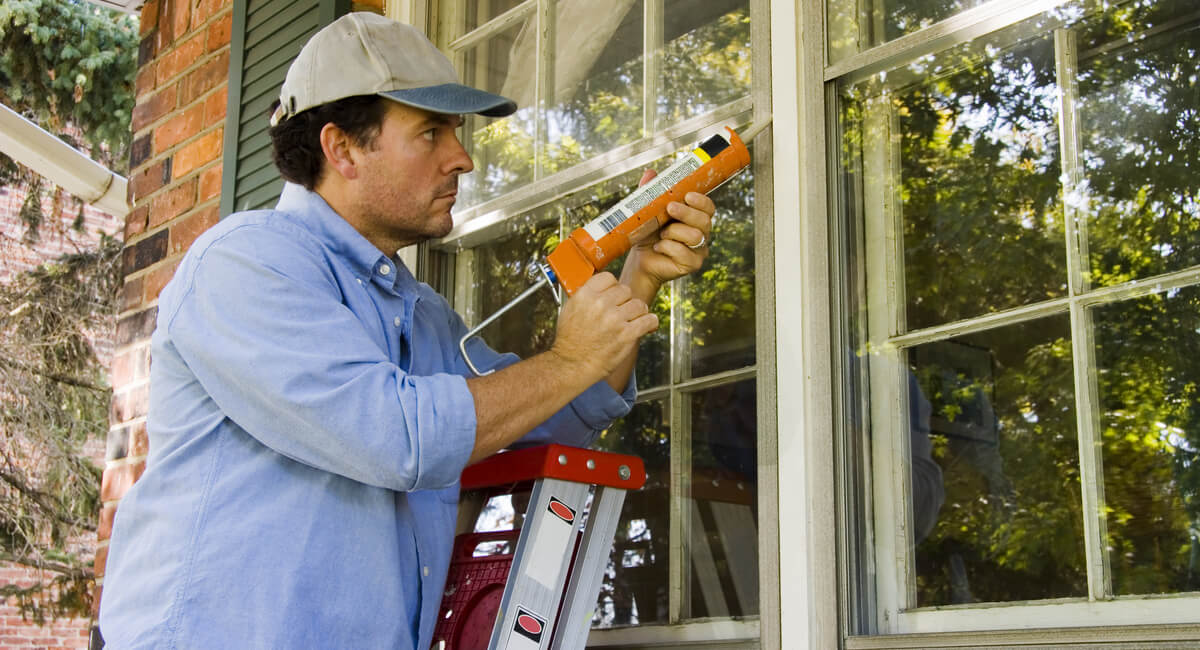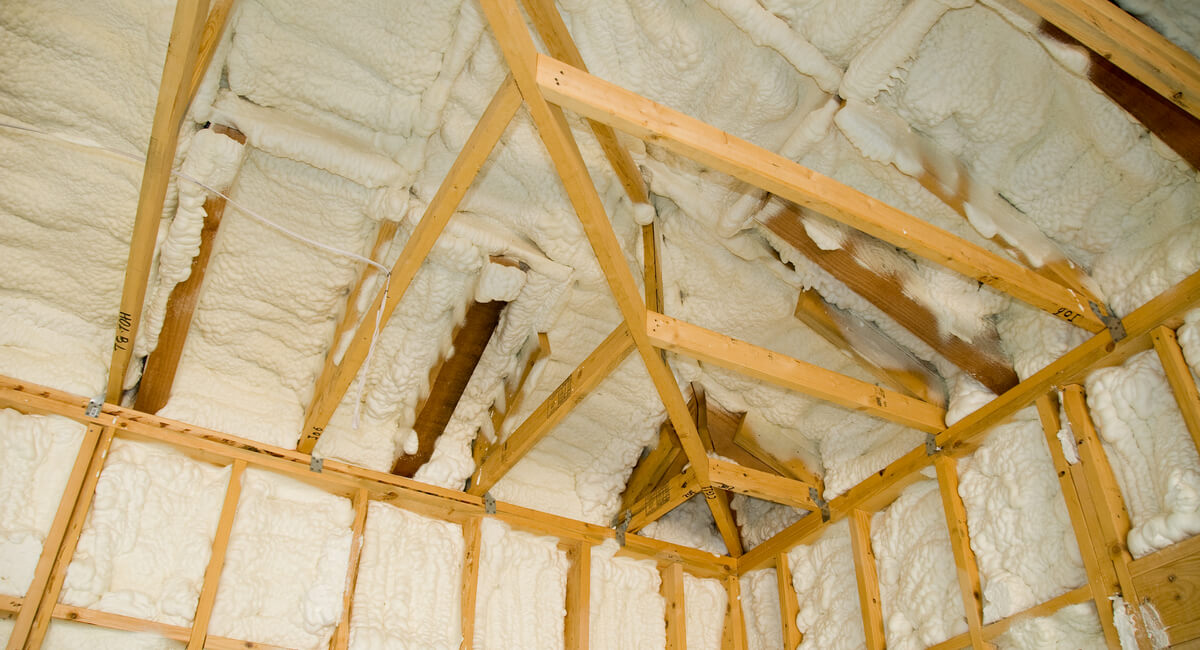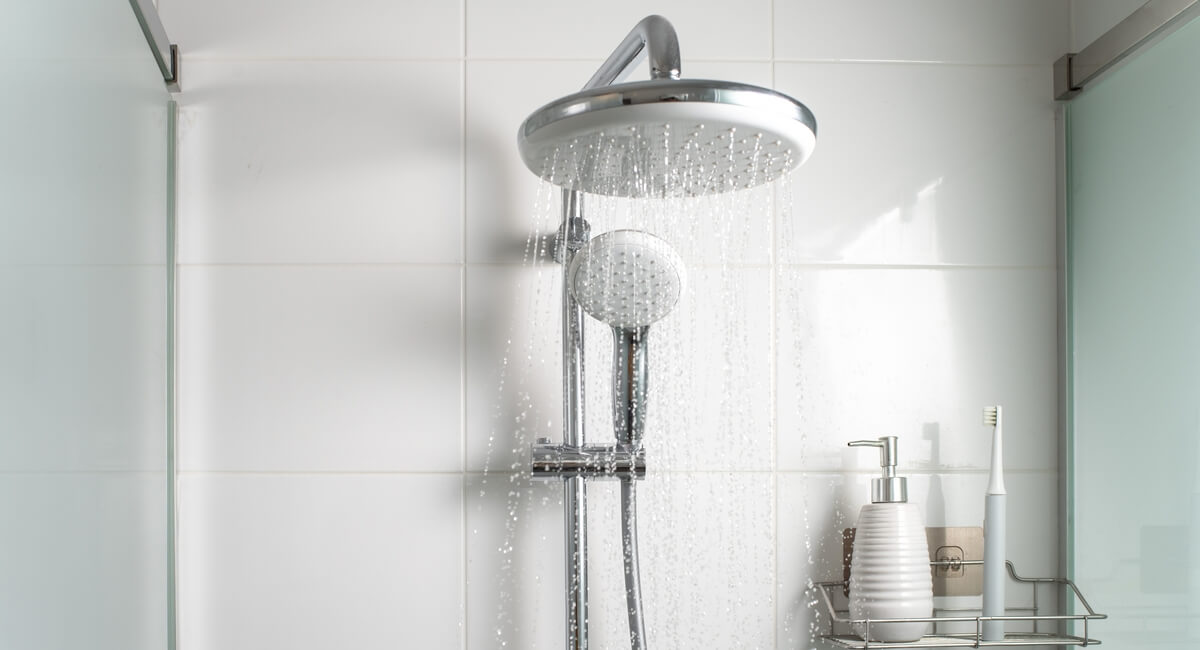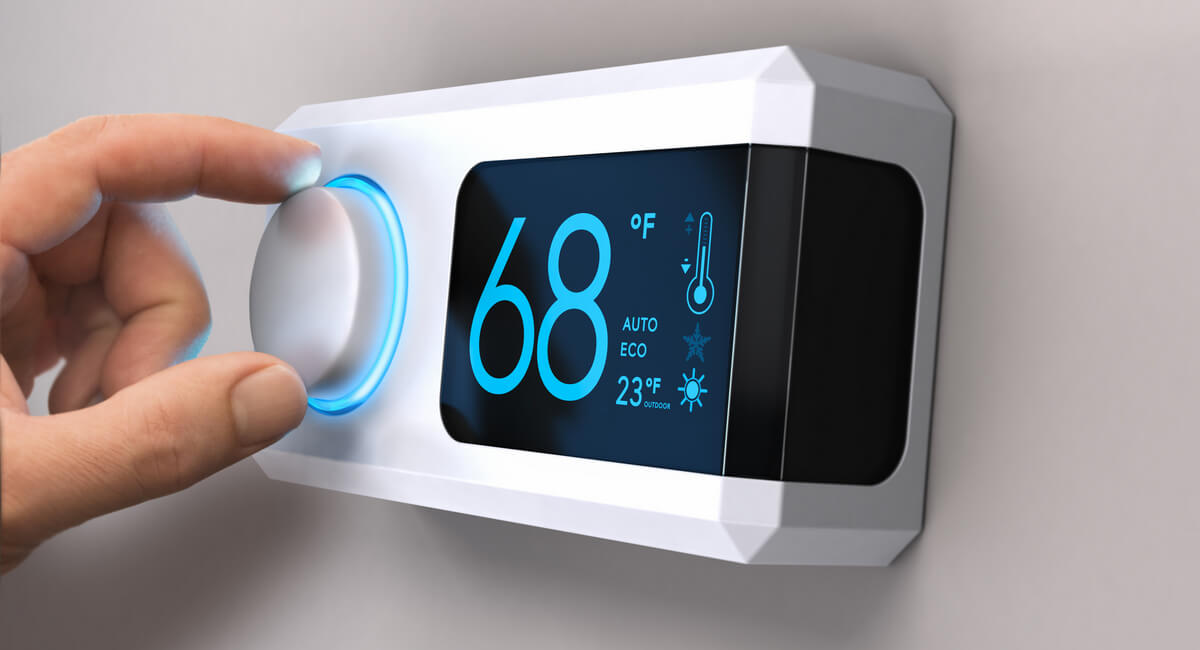If you own an old home, you might feel frustrated with high utility bills due to inefficient systems and appliances. Although old homes have a lot of charm, they also lack many of the features that make newer homes more efficient. Fortunately, there are plenty of upgrades you can make to your house that will decrease its energy usage. Here are eight ways you can improve energy efficiency in your older home:

1. Get an Energy Assessment
Before you invest in any upgrades, it can be helpful to know exactly where and how your home is underperforming. During an energy assessment or audit, a professional will inspect every room of your home, conduct tests, and review your past utility bills. Then, they’ll provide you with a report that includes recommendations to reduce your home’s energy usage while maintaining or improving your comfort.
Some states and cities have programs that incentivize homeowners to make energy efficient upgrades, and these programs often include a free energy audit. The U.S. Department of Energy also provides energy audits through their Home Energy Score program. Another option is to search for certified energy assessors in your area with the Residential Energy Services Network. Your local weatherization office or utility company may be able to refer you to an energy assessor as well.

2. Switch to LED Lights
Switching to LED lighting is one of the easiest and most cost-effective ways to save energy. LED light bulbs are more expensive than traditional bulbs, but they provide up to 50,000 hours of light. This can amount to a lifespan of longer than 10 years. LED lights consume less electricity, too, so they could save you hundreds per year on your power bill. Because LED lights have become so popular, you can find them in practically every color, style, and size, making it easy to replace any of your current light bulbs.

3. Seal Air Leaks
One of the biggest issues with older homes is drafts. If your home is drafty, it may feel too warm in the summer and too cold in the winter while also running up a massive energy bill. Attics can be especially drafty, but the outside air can come in through any windows, doors, or floorboards.
Hiring a contractor to professionally seal your home may provide the best results, especially if you have a lot of severe drafts throughout the house. However, sealing drafts can also be a DIY project. Use weatherstripping for movable components like your doors or windows, and use caulk to fill cracks in stationary components. If leaky floorboards let cold air into your home, consider covering them up with area rugs.

4. Add Insulation
Most old homes lack insulation, causing air to rapidly leak outside. If you get an energy audit, your assessor will tell you which areas of your home are not properly insulated. You can also evaluate your home’s insulation yourself. In the attic, the insulation is usually visible. A fully insulated attic should have at least 12 inches of material. To see the insulation inside the walls, you can look through an electrical outlet after turning off the power. The walls should be filled to capacity.
Insulating your hot water pipes is also a great way to reduce your energy usage. This will prevent heat from escaping the pipes, which puts less strain on your hot water heater. Insulating your house can be an expensive project, but the savings on your utility bill should offset the cost within a few years.

5. Upgrade Your Appliances and Systems
Replacing your home’s HVAC system, water heater, and major appliances with modern, energy-efficient upgrades can make a major difference in your energy usage. It’s typically not cost-effective or worthwhile to replace these items earlier than necessary because they can be so expensive to purchase. However, if any of your house’s systems or appliances are nearing the end of their lifespan, you can start researching energy-efficient alternatives. Products with an Energy Star rating offer the most energy savings, but even new appliances without an Energy Star rating can be more efficient than products that were installed 10 or more years ago.

6. Replace the Shower Heads and Toilets
When making an old home more energy efficient, most of the attention is usually placed on the HVAC and electrical systems. Excessive water usage can run up an electric bill, too, though. Hot water can account for 25% of your electricity usage, and wells and certain other water systems rely on electricity.
Replacing your home’s shower heads and toilets with low flow alternatives can save thousands of gallons of water per year. Low flow products have improved a lot in recent years, allowing you to save on energy without sacrificing your comfort. You should also fix leaky faucets as quickly as possible to prevent unnecessary water and energy usage.

7. Install a Programmable Thermostat
A smart thermostat is a fairly low-cost way to reduce your heating and cooling expenses, and it can make your older home feel more modern. Before installing a smart thermostat, check that the product is compatible with your current heating and cooling system. Some old homes have systems that can’t support a programmable thermostat.
If you’re able to install a smart thermostat, you can use the device to fine-tune the temperature of each room to reduce your energy consumption. Programmable thermostats can be adjusted remotely from your phone, which makes them incredibly convenient. You can adjust your thermostat’s settings to heat or cool your house based on when you’re home or what time of day it is. For instance, you could set the temperature to drop a few degrees at night while you’re sleeping. Be careful not to change the temperature too dramatically when you leave the house, though. If you do, your HVAC system will have to work harder to restore your desired temperature when you arrive home, which will result in greater energy usage.

8. Invest in Solar Panels
Solar panels are compatible with many older homes. Although they’re expensive upfront, they can cut your electric bill to a fraction of its current amount. The amount of money you can save with solar panels depends on the size and location of your home and how much energy your home uses. The average homeowner saves tens of thousands of dollars over the lifetime of the solar panels. You may also be able to take advantage of tax credits, grants, and other financial incentives to offset the installation costs.
Old homes tend to be far less efficient than new houses, but there are a wide variety of upgrades you can invest in to cut down on energy consumption. Improving your home’s energy efficiency will lower your utility bills, reduce wear and tear on your HVAC system and appliances, and keep your home more comfortable. Some upgrades are costly projects, but others can be done quickly and easily while delivering great results





